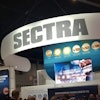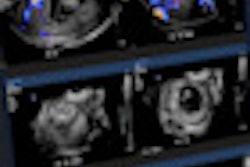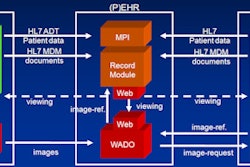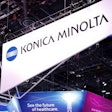Dear PACS Insider,
Image metadata has long been considered a potential gold mine of research and clinical information, and interest in data-mining techniques continues to grow.
At Centre de Recherche Public Henri Tudor (CR SANTEC), an internally developed software framework for acquiring and evaluating DICOM image header information has enabled the calculation of national CT dose values for hospitals in Luxembourg.
Johannes Hermen described his institution's experience with the technology, called Performance and Monitoring Server (PerMoS), during a session at the European Congress of Radiology. Our coverage of his talk is the subject of this edition's Insider Exclusive article, which you can access before it is published for the rest of our AuntMinnie.com members by clicking here.
In the U.S., the tactics of teleradiology service providers have become increasingly controversial, as direct competition with local radiology groups has aroused ire on more than a few occasions. In response, one company has announced a commitment that it will not engage in predatory teleradiology practices. For the details, click here.
In other articles we're featuring this month, researchers from Massachusetts General Hospital in Boston have concluded that radiologists may be more prone to work-related injuries, citing a lack of attention to developing comfortable and ergonomic work spaces in the PACS era. Only 7% of surveyed radiologists did not have any work-related musculoskeletal symptoms.
Also, the use of computer-aided detection software as a concurrent reader on PACS workstations may improve the performance of inexperienced readers in detecting lung nodules. Click here to learn how.
The disappointing ultrasound functionality available on some PACS software was also the subject of a recent research study. Get all of the details by clicking here.
Do you have a topic you'd like to see covered in your PACS Digital Community, or are you interested in submitting an article to AuntMinnie.com? Please feel free to drop me a line.




















